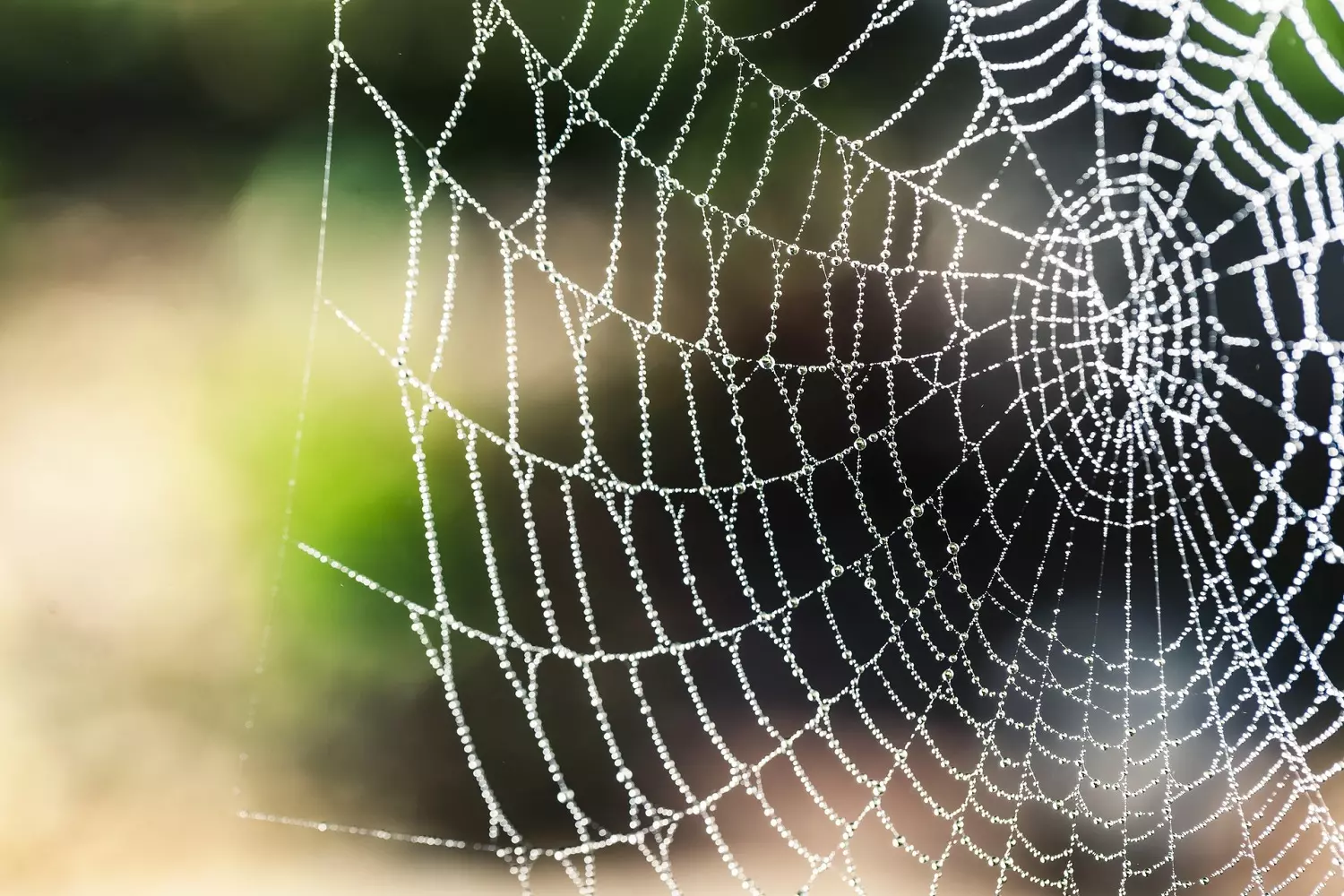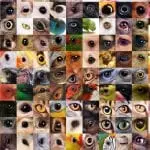[Originally published as part of the ever expanding insect news page Thank God for Insects]
A filament fit for space—silk is proven to thrive in outer space temperatures
The interdisciplinary team examined the behaviour and function of several animal silks cooled down to liquid nitrogen temperature of -196 C. The fibres included spider silks but the study focused on the thicker and much more commercial fibres of the wild silkworm Antheraea pernyi …It would appear that this study has far-reaching implications by suggesting a broad spectrum of novel applications for silks ranging from new materials for use in Earth’s polar regions to novel composites for light-weight aeroplanes and kites flying in the strato- and meso-sphere to, perhaps, even giant webs spun by robot spiders to catch astro-junk in space .
https://phys.org/news/2019-10-filament-spacesilk-proven-outer-space.html
Scurrying roaches help researchers steady staggering robots
To walk or run with finesse, roaches and robots coordinate leg movements via signals sent through centralized systems. Though their moving parts are utterly divergent, researchers have devised handy principles and equations to assess how both beasts and bots locomote and to improve robotic gait… Now, researchers have leveraged the bug’s superb scurrying skills to create a cleverly simple method to assess and improve locomotion in robots.
https://www.sciencedaily.com/releases/2019/08/190822165038.htm
Mosquito eye inspires artificial compound lens>
Anyone who’s tried to swat a pesky mosquito knows how quickly the insects can evade a hand or fly swatter. The pests’ compound eyes, which provide a wide field of view, are largely responsible for these lightning-fast actions. Now, researchers have developed compound lenses inspired by the mosquito eye that could someday find applications in autonomous vehicles, robots or medical devices.
https://www.sciencedaily.com/releases/2019/09/190925115112.htm
Specific immune response of beetles adapts to bacteria
After the researchers repeatedly confronted the insects and their progeny with bacteria, they observed that the beetles’ immune system reacted more strongly after just a few generations. “Our study helps us to understand whether an immune system’s specificity ability can adapt quickly to the conditions of repeated confrontation with pathogens,” says Prof. Joachim Kurtz from Münster University, who is heading the study. The results might be able to help provide a better understanding of molecular processes that play a role in the innate immune memory in humans and that could perhaps be used for medical purposes.
https://www.sciencedaily.com/releases/2019/09/190924104053.htm
Beewolves use a gas to preserve food
Food stored in warm and humid conditions gets moldy very quickly und thus becomes inedible or even toxic. To prevent this, we use refrigerators and freezers as well as various other methods of preservation. Animals do not have such technical appliances and therefore need to find other ways to preserve food.
The European beewolf Philanthus triangulum, a solitary wasp species whose females hunt honey bees, has…a successful method of food preservation…Bioassays showed that beewolf eggs emit a gas that efficiently kills mold fungi….Which mechanism the eggs deploy is the subject of current investigations. The results may not only be interesting for basic research, but also for possible applications in human medicine.
https://www.sciencedaily.com/releases/2019/06/190611155554.htm
Bees can link symbols to numbers, study finds
We know bees get the concept of zero and can do basic math. Now researchers have discovered they may also be capable of connecting symbols to numbers…It’s a finding that sheds new light on how numerical abilities may have evolved over millennia and even opens new possibilities for communication between humans and other species…(T)he results have implications for what we know about learning, reversing tasks, and how the brain creates connections and associations between concepts.
“Discovering how such complex numerical skills can be grasped by miniature brains will help us understand how mathematical and cultural thinking evolved in humans, and possibly, other animals.”
Studying insect brains offers intriguing possibilities for the future design of highly efficient computing systems…”When we’re looking for solutions to complex problems, we often find that nature has already done the job far more elegantly and efficiently,” he said. “Understanding how tiny bee brains manage information opens paths to bio-inspired solutions that use a fraction of the power of conventional processing systems.”
(First bold added to show the uselessness of adding in evolutionary thought while explaining nothing.)
(Second bold font added to show the hypocrisy of True Believers in Evolutionism and the FACT that Evolutionists Tacitly Admit Creation. Evolutionism dogma noted.)
https://www.sciencedaily.com/releases/2019/06/190605171400.htm






